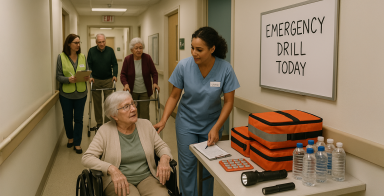Health and Safety Matters - June 5, 2025
In this edition 👇Trellis Seniors taps into something big at Safety Den👇Are you prepared for an emergency?👇 Where would you be without support services workers? 👇 Hearts and Hands sponsor spotlight 👇 Why can’t I sleep? Understanding...









